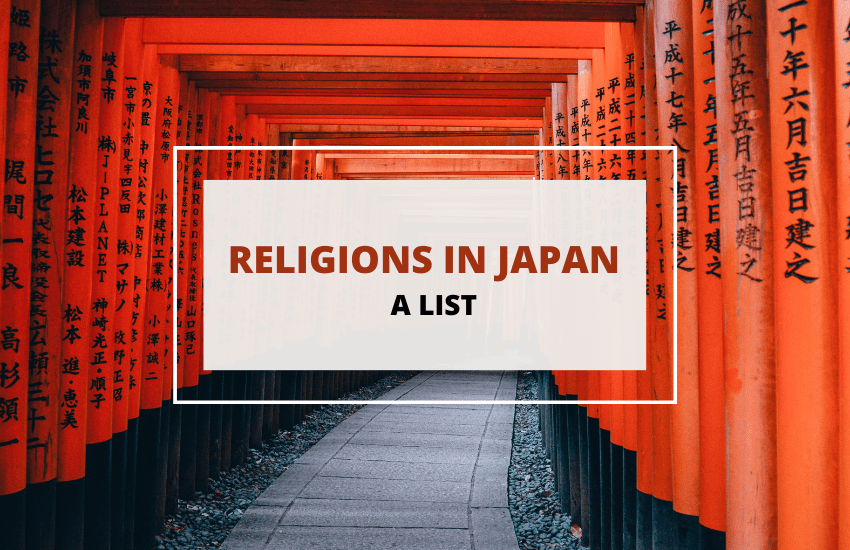
All around the world, there are different groups of people that have different beliefs. As such, each country has prominent organized religions that coexist and represent what the majority of its population believes in when it comes to the divine.
Japan is no different and there are several religious groups that the Japanese adhere to. Primarily, they have an indigenous religion, Shintō, along with sects of Christianity, Buddhism, and several other religions.
The Japanese people believe that none of these religions is superior to the other and that each of these religions does not conflict. Therefore, it’s common for the Japanese people to follow and perform rituals for different Shintō deities, while also belonging to a Buddhist sect. As such, their religions will often converge.
Nowadays, most Japanese people aren’t very intense about their religious beliefs, and they are gradually trying to avoid indoctrinating their children. The rest, however, remain faithful and would never miss out on their daily rituals, which they practice within their households.
So, if you are interested in learning more about Japan’s religions, you’ve come to the right place because, in this article, we’ve listed them below.
1. Shintōism
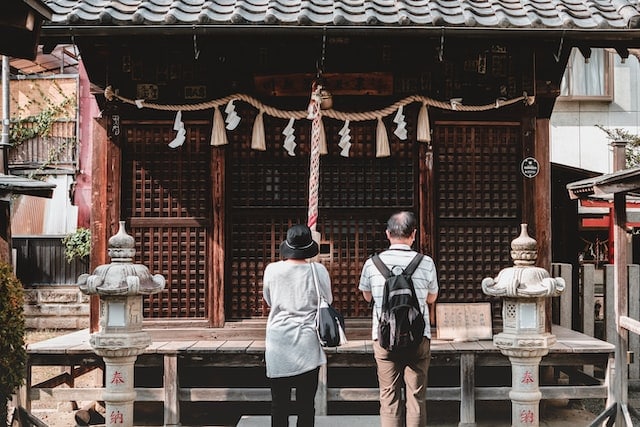
Shintō is the indigenous Japanese religion. It’s polytheistic, and those who practice it worship multiple deities, who usually are adapted from prominent historical personalities, objects, and even Chinese and Hindu gods.
Shintōism consists of worshiping these deities at their shrines, performing unique rituals, and following the superstitions dedicated to each deity.
While Shintō shrines can be found everywhere: from rural regions to the cities, some deities are considered more fundamental to this set of beliefs, and their shrines are found more often around the island of Japan.
Shintō has many rites that most Japanese people perform during certain occasions such as when a child is born or when they come of age. Shintō had a State-supported status at some point during the 19th century, but unfortunately, lost it after the reformations following WWII.
2. Buddhism
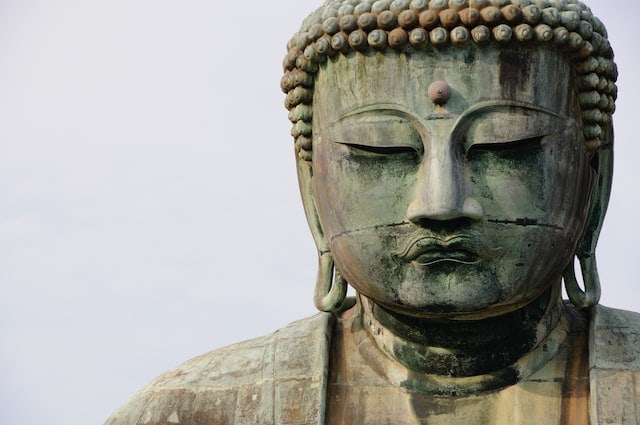
Buddhism in Japan is the second-most practiced religion, introduced during the mid-6th century AD. By the 8th century, Japan adopted it as the national religion, after which, many Buddhist temples were erected.
Apart from traditional Buddhism, Japan has had several Buddhist sects like Tendai and Shingon. They originated during the 9th century, and people adopted them in various regions of Japan. These different sects still exist and hold a significant amount of religious influence in their respective areas of Japan.
Nowadays, you can even find Buddhist sects that originated in the 13th century. These exist as a result of the reforms carried out by monks like Shinran and Nichiren, who, respectively, created the Pure Land Buddhist Sect, and Nichiren Buddhism.
3. Christianity
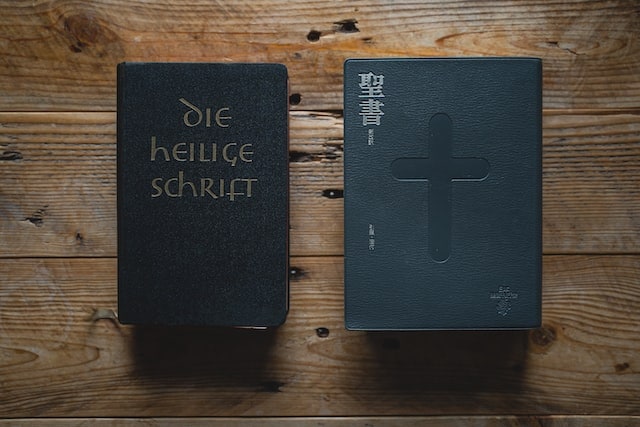
Christianity is the religion that worships Jesus Christ. It didn’t originate in Asia, so any country that practices it probably had missionaries or colonizers who introduced it to them, and Japan was no exception.
Franciscan and Jesuit missionaries were responsible for the spreading of this Abrahamic religion in Japan during the 16th century. Although the Japanese accepted it at first, they banned it completely during the 17th century.
During this time, many Christians had to practice in secret until the Meiji government lifted the ban during the 19th century. Afterward, Western missionaries reintroduced Christianity and established churches for the different branches of Christianity. However, Christianity is not as prominent in Japan as it is in other countries.
4. Confucianism
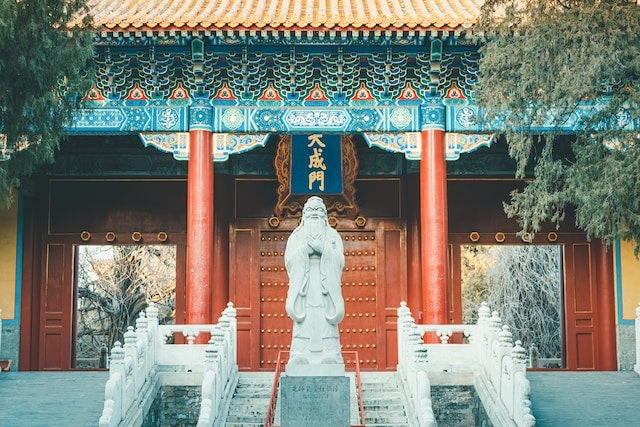
Confucianism is a Chinese philosophy that follows the teachings of Confucius. This philosophy states that if society needs to live in harmony, it must focus on teaching its followers to work and improve their morality.
The Chinese and Koreans introduced Confucianism to Japan during the 6th century AD. Despite its popularity, Confucianism didn’t reach state-religion status until the 16th century in the Tokugawa period. Only then, did it start being widely accepted in Japan?
Since Japan had recently lived through a period of political disruption, the Tokugawa family, who had high regard for the teachings of Confucianism, decided to introduce this philosophy as the new state religion. Later on, during the 17th century, scholars combined parts of this philosophy with the teachings of other religions to help instill discipline and morality.
Wrapping Up
As you have seen in this article, Japan is very particular when it comes to religion. Monotheistic religions aren’t as popular as they are in the West, and the Japanese people are allowed to practice more than one set of beliefs.
Many of their temples are important landmarks, so if you ever go to Japan, you can now know what to expect.








